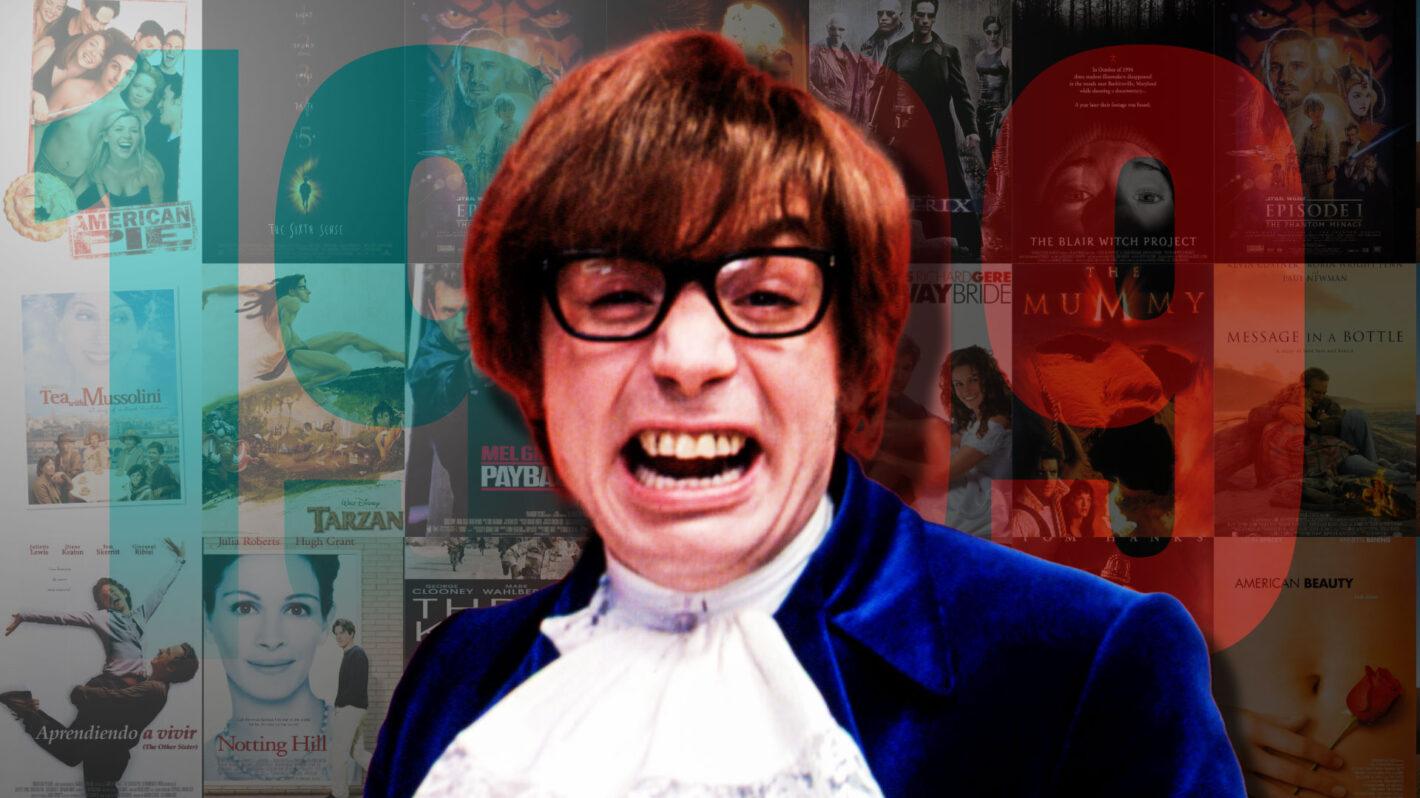‘The Sixth Sense’: 10 Things You Didn’t Know For The Film’s 25th Anniversary

On August 6, 1999, The Sixth Sense hit theaters. Though the supernatural drama’s screenplay sold for a then-unheard of $3 million, the film was not slated to be a big summer hit — and at first, it wasn’t. The film’s opening weekend brought in $26 million, which is certainly nothing to sneeze at, but also nothing close to earning back the film’s $40 million budget. There was no reason to think the movie, which starred a number of relatively low-profile actors alongside Bruce Willis in a non-action role, wouldn’t just die on the vine.
But much like the ghosts who wouldn’t stop bothering Haley Joel Osment‘s precocious psychic Cole Sear, The Sixth Sense had a lot more life in it. The film’s shocking twist ending helped it grow by word of mouth (and encouraged viewers to see it a second time), allowing it to eventually develop into the #2 most financially successful movie of 1999, outranked only by Star Wars: The Phantom Menace. Nominated for six Academy Awards, The Sixth Sense was more than a popular film — it became a genuine cultural phenomenon (as anyone who was around children/ office pranksters who loved to whisper “I see dead people” in the fall of 1999 can attest).
And 25 years later, the film’s enduring appeal shows that there was more to it than just a twist ending.
Oh, and speaking of twist endings: we’re definitely going to reveal the twist ending. So if you haven’t gotten around to seeing this movie in the past quarter-century, maybe give it a watch and come back.
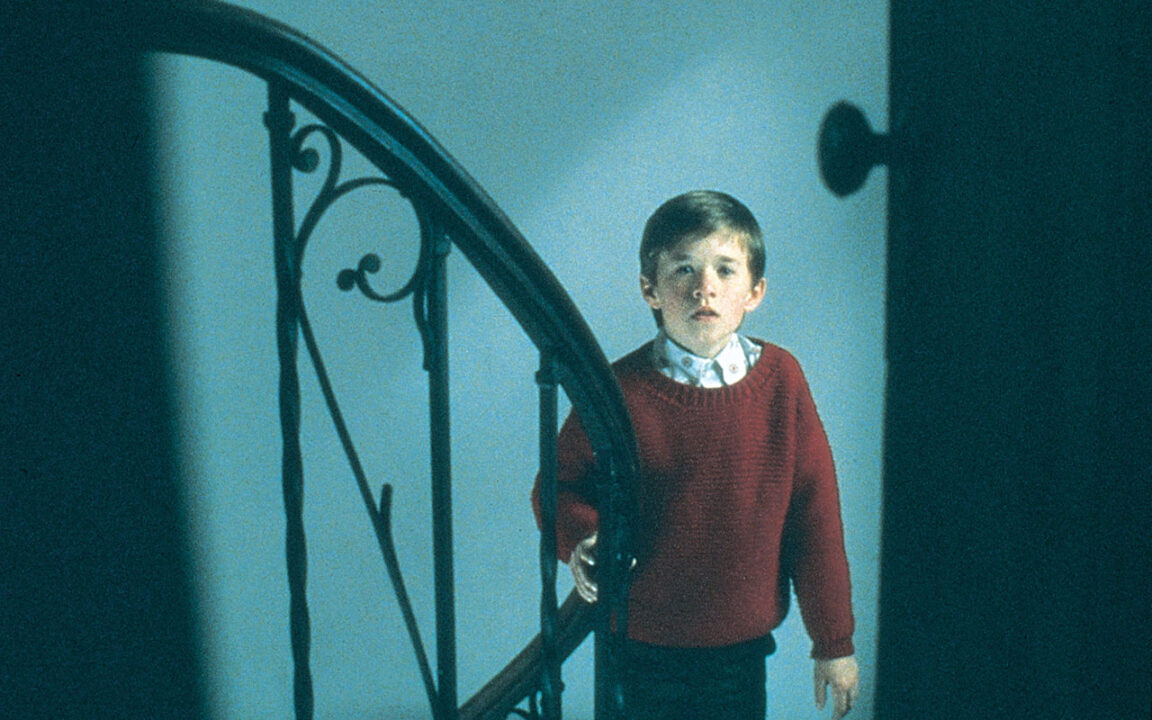
1999 Hollywood and Spyglass Entertainment
1It Was Inspired By A Real-Life Wake
In a 2015 interview with Creative Screenwriting, writer/director M. Night Shyamalan revealed that the earliest seeds of the film were planted by his own experience watching a child play alone at a wake. “I saw a wake at a house, and the food’s out, and people are walking around in dark clothes, and this child was sitting on the stairs talking to somebody, but nobody’s there,” Shyamalan recalled. “How intriguing that was, what that child was feeling, and who he was, and that perhaps he was talking to the person that everyone was mourning, and that the people were looking at this kid like, ‘Wow, that’s one weird kid, he’s not handling this very well,’ and going out from there. ” This eventually developed into a scene in the film — the funeral of Kyra Collins, played by a young Mischa Barton.
2It Started Off As A Serial Killer Thriller
Prior to The Sixth Sense, Shyamalan had had some success as a screenwriter, writing family-friendly movies like Stuart Little and She’s All That (he also directed two small films that didn’t make much of an impression at the box office). But despite his years of experience, he spent a whole year wrestling with the screenplay, which went through 10 drafts. And in the first draft? The hero isn’t Dr. Malcolm Crowe, child psychologist; he’s Malcolm Crowe, grizzled crime scene photographer. And the kid who can see ghosts is his own son.
As Shyamalan described that first concept:
“Malcolm was a crime scene photographer, a burnt-out one at that, and not a great dad. It was Parents Day at the school, and the parents are in the classrooms looking at the artwork, and his kid’s in there, and Malcolm’s outside, smoking in a non-smoking hallway, and he’s staring at a wall of these kids’ drawings. Suddenly his attention becomes focused and he walks towards the wall and stops smoking. More and more we get focused on this one particular drawing, a crayon design, a star of some kind. We’ve seen it before, it’s a design that’s on the victims of a serial killer, and this child has drawn this same exact design in crayon. So Malcolm lifts the paper that’s folded over it to see who drew it, and it’s his own son. That’s the movie; it’s about Malcolm realizing that his son is seeing the victims of this killer.”
Presumably, the serial killer thread was written in homage to the then-recent The Silence of the Lambs, which nabbed the Oscar for Best Picture after its 1991 release. Even though the finished product turned out to be quite different, Shyamalan did end up almost hitting the same cinematic highs as the film that inspired him — The Sixth Sense is one of six horror movies ever to be nominated for Best Picture, along with The Exorcist, Jaws, Black Swan, Get Out, and The Silence of the Lambs, which is the only horror movie to ever win.
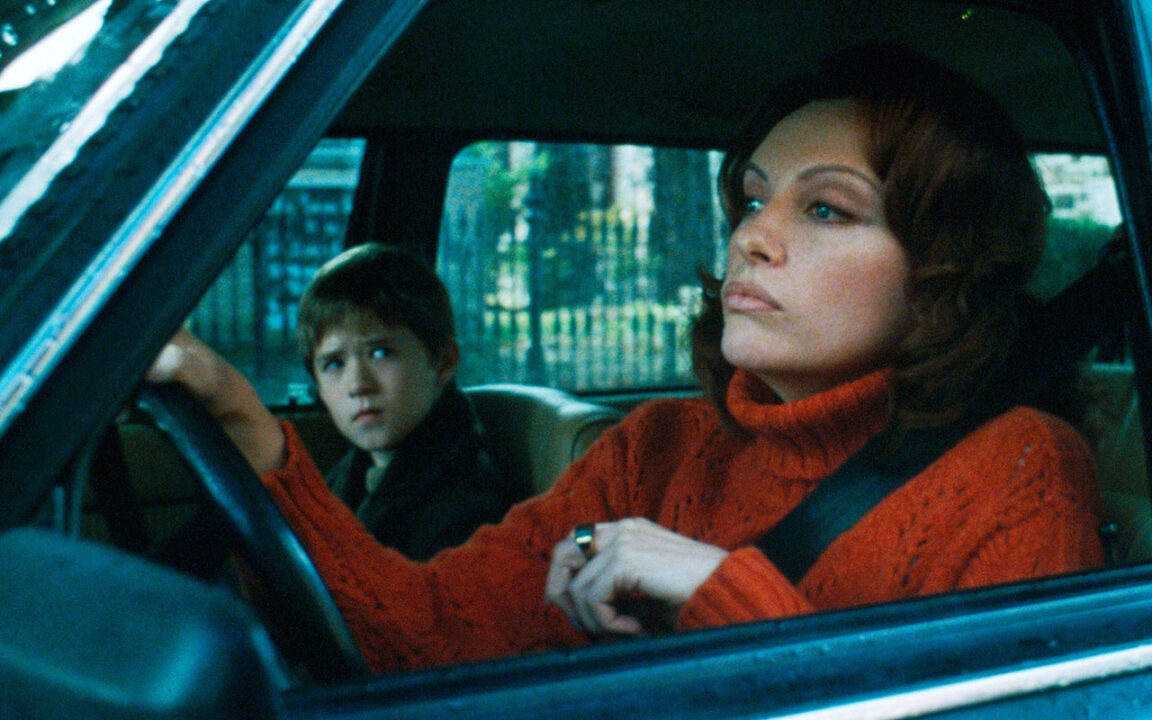
Buena Vista Pictures/courtesy Everett Collection
3Toni Collette Was Actually Bald During Filming
In a 2019 interview with Variety, Shyamalan recalled that during her audition, Toni Collette, who plays Cole’s mother, had a shaved head; nervous that producers wouldn’t consider her due to her severe ‘do, he didn’t show them the audition tape. During filming, Collette covered up her still-short hair with a memento from another film she had recently shot — according to Shyamalan, “Toni is actually wearing a wig throughout all of The Sixth Sense, and I think it’s a wig from Velvet Goldmine. We didn’t even have the wig!”
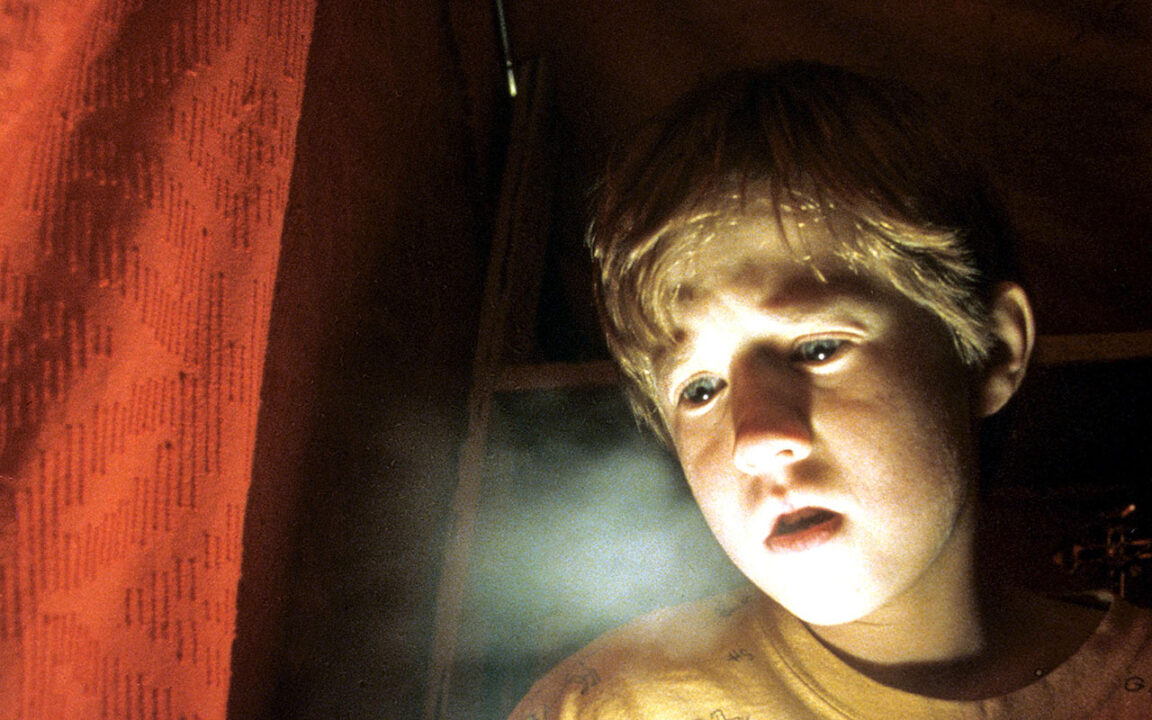
Credit: Everett Collection.
4Haley Joel Osment’s Icy Breath Isn’t CGI
One of the film’s most memorable images occurs when Cole (played by a young Haley Joel Osment) begins to have cold, visible breath as a restless spirit comes near him. Because 1999 was still relatively the dark ages of CGI, Shyamalan didn’t want to take the risk of computer animating Osment’s breath and having it look cheap. So instead, he got the “cold breath look” the old-fashioned way: by making Osment incredibly cold.
As Osment told Variety, “What they did was they would drape this huge plastic sheeting over the sets and then pump in freezing cold air so that it would be below freezing, and you could see our breath. There was a limited time that we could be in there because it was so cold and most of the scenes I’m in my underwear or something. It’s a tough environment, but it’s great when you’re in a scene where you’re supposed to be frightened and shivering and it really is that cold.”
5Donnie Wahlberg Went Method for His Role as a Disturbed Patient
Prior to the film’s release, Donnie Wahlberg was known primarily as a singer for the 1980s boy band New Kids on the Block, and as the brother of Boogie Nights star Mark Wahlberg. Eager to establish himself as a character actor, Wahlberg went to extremes to prepare for the film’s opening scene, where, playing an emotionally disturbed former patient of Willis’s, he shoots and (as we later learn) kills the good doctor. To truly understand the character’s desperation, Wahlberg told The Hollywood Reporter, he crashed on a friend’s couch in New York City “but with no money, no credit cards. I would fast for a couple of days at a time and then just eat vegetables, chew gum all day and then walk the streets. When I got to Philadelphia, I slept in the park one night and was going through this really crazy process.” It was a process that saw him lose 43 pounds in less than two months.
But while his methods were, well, pretty Method, Wahlberg thought the situation called for it: “I thought if I was in that room standing across from Bruce Willis and Olivia Williams and haven’t suffered and really gone through some really dramatic situations before I do this scene, how am I going to bare my clothes, never mind bare my soul? So that’s just where I went.”
6It Was Also Wahlberg’s Idea for His Character to Take His Clothes Off
Wahlberg’s character infamously commits his crime after stripping down to his tighty whities. But in the original script, he was described as wearing Goth clothing. That difference was Wahlberg’s own insight. “If Vincent is coming to stop his suffering and end his own life, then why is he wearing anything?” Wahlberg told USA Today in 2019. “To me, he strips down and is in the bathroom fully naked, clothes on the floor. Bruce thought that was awesome and pitched the idea to M. Night, who was like, ‘That’s insane. I love it.'” Though Wahlberg had pitched full nudity, producers asked that he keep his underpants on, to preserve the film’s PG-13 rating.
7Most of The Film Was Shot in Sequence
Generally, movies are shot out of order, with filming decisions made based on things like the stars’ schedules and location availability. So a character might die in one scene, then go for a refreshing jog in the next.
But for The Sixth Sense, Shyamalan shot scenes in sequence as often as possible, which made it easier for the actors to follow how each of their characters develop over the course of the film. “When you have actual memories of going through earlier scenes in the story,” Osment told The Hollywood Reporter, “it really helps build the reality of the world over the course of the film.”
8The Director Worried The Blair Witch Project Ruined The Film’s Chance for Success
Released just one week before The Sixth Sense, The Blair Witch smashed box office records on a microscopic budget — and represented a turn in audience horror tastes, away from the teen slasher that had dominated in the ’90s, and towards tales in a more adult, supernatural vein.
Shyamalan, however, was terrified that the indie hit would steal his film’s thunder. “I couldn’t believe it, man,” he told The New York Times in 1999. ”I thought, ‘Wait until the world sees we’re going to be the big sleeper movie of the year.’ There hadn’t been a great horror film in years. Then Blair Witch opens, people are going in droves, it’s on the cover of Newsweek and Time. ‘Oh man,’ I thought, ‘we’re never going to get any box office.’ My last two movies, nobody on the planet saw them. I thought, ‘I can’t believe it’s happening again.’ ”

Buena Vista Pictures/Courtesy: Everett Collection.
9The Film’s Big Reveal Was Spoiled By Its Soundtrack
Revealing the twist ending to The Sixth Sense was basically a capital offense in 1999 — to deprive someone of the shock of finding out that Malcolm had been dead all along was considered incredibly poor form. It seems, however, that no one bothered communicating this to the person titling the film’s soundtrack — the final track is entitled “Malcolm is Dead.”
10According to a Producer, Cole Didn’t Know His Therapist Was a Ghost
Throughout the film, Cole is terrified by ghosts — yet he places his trust in Malcolm, despite the big ending reveal that yes, he too is a ghost. So did Cole know all along that Malcolm was a ghost, but decided he was one of the nice ones? Or did it take him a bit to piece things together, the same way it took audiences a while to figure out what was going on? During a 2016 interview , producer Roger Birnbaum was asked if Osment’s character knew that Willis’ character was dead the entire time, and replied with an immediate “no.” However, after the interviewer expressed disbelief, Birnbaum followed up with a coy “Or yes” — the most Shyamalanian twist possible, of course.
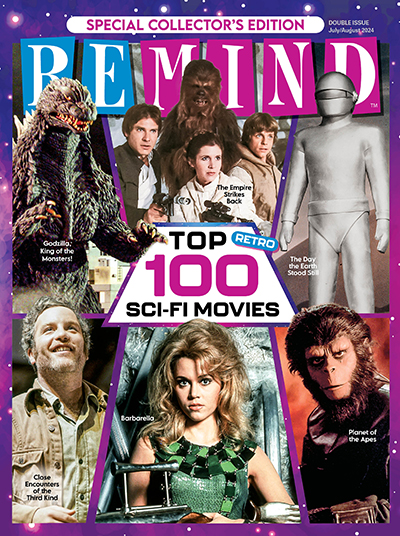
Top 100 Sci-Fi Movies
July/August 2024
Everybody has their futuristic favorites, but which films really rank as the top classics of 20th century sci-fi?
Buy This Issue
